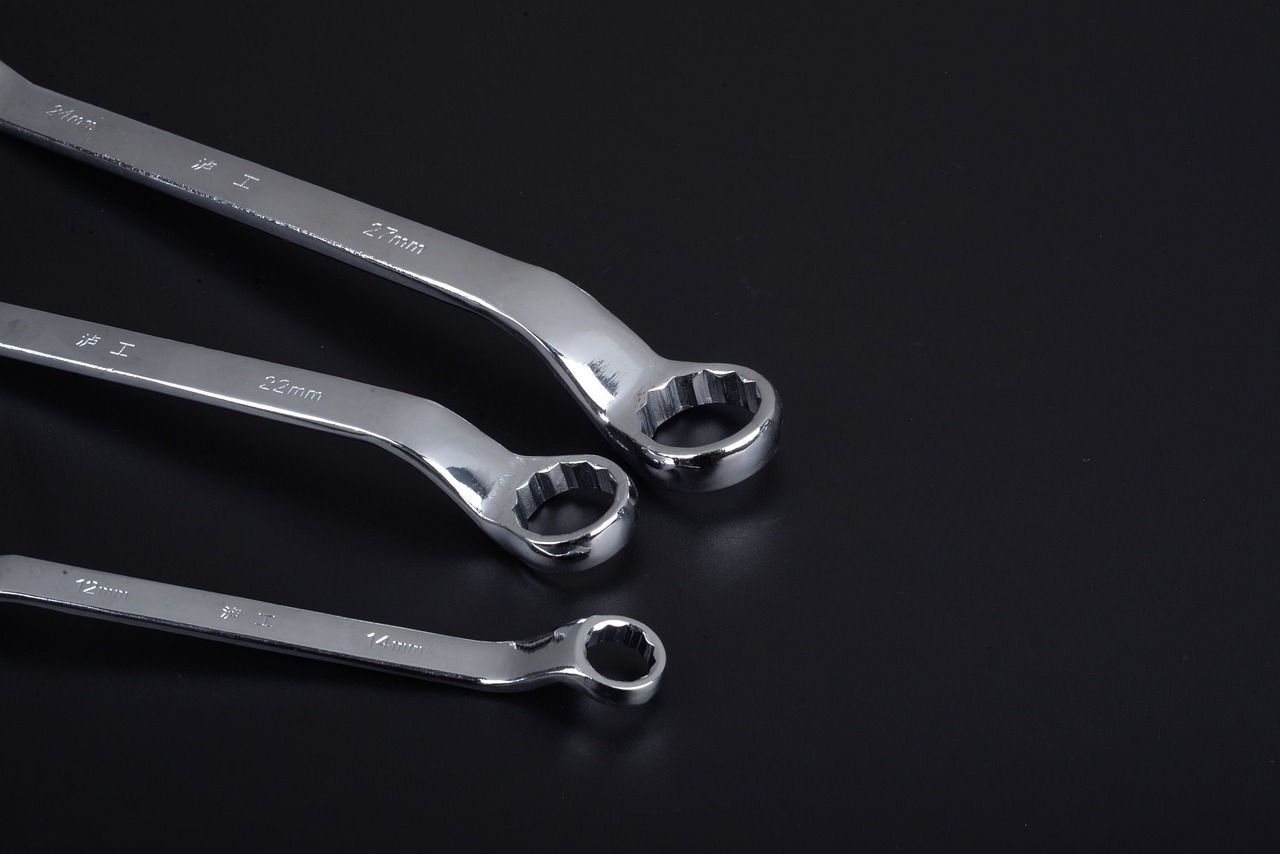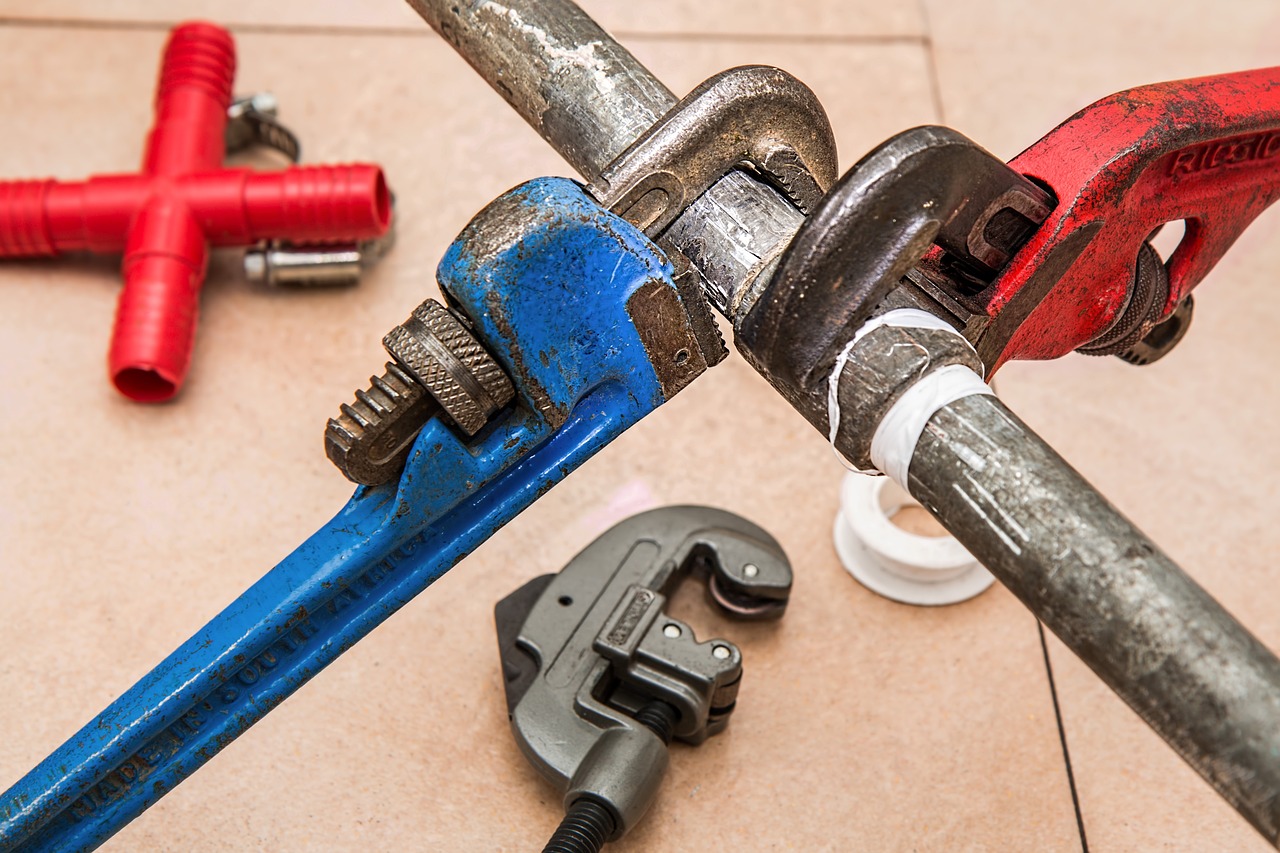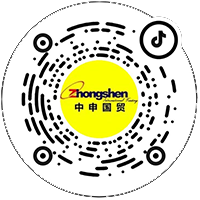- 20 Years of Expertise in Import & Export Solutions
- +86 139 1787 2118

In international trade, accurate customs commodity classification directly affects tariff rates, customs clearance efficiency, and compliance risks. For?Hardware & Tools?For products with complex features and diverse specifications, accurate HTS code classification is particularly crucial. As a professional...?Foreign trade?In?Export Agency?Service providers, we have compiled the following systematic operational guidelines to help export enterprises avoid classification risks.
I. Analysis of Core Steps in Commodity Classification
1. Master the framework of the HTS coding system.
- Cognitive structure of coding: The U.S. Harmonized Tariff Schedule (HTS) adopts a 10-digit coding system, with the first 6 digits following the international HS code standard (e.g., 8205.20 for hand tools like wrenches), and the last 4 digits serving as the U.S.-specific statistical suffix.
- Key chapters on tools:
- Chapter 82 (Hand Tools)
- Chapter 84 (Mechanical Tools)
- Chapter 85 (Electric Tools)
- Chapter 73 (Iron and Steel Products Accessories)
2. Establish a product technical file.
- 3D information acquisition:
- Physical properties: material composition (carbon steel/aluminum alloy), processing technology (casting/forging)
- Functional Parameters: Power Type (Manual/Electric/Pneumatic), Professional Use (Industrial Grade/Household)
- Packaging Specification: Single item/set (e.g., whether a toolbox constitutes a retail set)
3. Application of General Interpretative Rules
- Practical Case of Rule Three:
- The key distinction between an electric screwdriver (8508.10) and a manual screwdriver (8205.40) lies in whether it is equipped with a built-in drive motor.
- A hammer with a level function requires determining its primary function; if the measurement is an auxiliary function, it should be classified under 8205.20.
4. Official database verification
- HTSUS search path:
- Please visit the official website of the United States International Trade Commission (USITC) electronic tariff database.
- Enter keywords to search (e.g., "pliers" will display items classified under the 8203.20 series).
- Verify the chapter notes to exclude misjudgments.
II. Strategies for Addressing High-Risk Areas of Classification Disputes
1. Discrepancies in tax codes caused by power types
- The pneumatic nail gun should be classified under 8467.29 (pneumatic tools) rather than under heading 84.24 for industrial machinery.
- For rechargeable drills with lithium batteries, attention should be paid to the classification differences of battery components under 8508.40 and 8507.80.
2. Categorization of multifunctional tool combinations
- Combination pliers (with knife/saw functions) shall be classified based on their essential characteristics. If the clamping function accounts for more than 60%, they shall be classified under heading 8203.20.
- When the toolbox contains more than 5 tools with independent functions, they should be declared as separate commodities.
3. Determination of Surface Treatment Process Impact
- There is a 0.8% tariff difference between chrome-plated wrenches (8204.11) and ordinary steel wrenches (8204.12).
- A hammer with a plastic handle exceeding 50% may trigger classification under 7326.90 for miscellaneous articles.
III. Professional Classification Techniques to Enhance Compliance Efficiency
1. Establish an enterprise-level classification database.
- Create a classification comparison table for historically exported products, documenting supporting materials such as material certifications and product samples.
- Implement closed-loop management of "pre-classification - customs clearance verification - file update" for new model tools.
2. Utilize the customs advance ruling mechanism.
- Obtain legally binding classification confirmation through the U.S. CBP's Binding Ruling procedure (approximately 90 days required).
- Typical Success Case: A Cutting Tool Company Reduced Tariffs from 4.2% to 2.5% Through Advance Ruling
3. Dynamic monitoring of classification risks
- Subscribe to U.S. Customs Rulings Update and stay informed about classification changes for tool-related products (e.g., the addition of dedicated codes for 3D printing tools in 2023).
- Regularly verify the ECCN (Export Control Classification Number) to ensure technical tools are not subject to EAR (Export Administration Regulations) controls.
IV. Core Value Points of Agency Services
As an AEO-certified?Import/export?service provider, we offer:
1.Intelligent classification system: An AI matching engine based on a database of 200,000 tool-related products, with an accuracy rate of 98.6%.
2.Risk early warning system: Real-time monitoring of the U.S. Customs and Border Protection (CPB) classification audit priorities (currently focusing on electric garden tools).
3.Emergency response mechanism: Technical documentation support can be provided within 24 hours in response to customs inquiries.
Through scientific classification management, we helped a hardware enterprise achieve a 40% improvement in annual customs clearance efficiency and reduce classification dispute rates to 0.3%. For customized classification solutions, please contact our trade compliance expert team.
This article is released by?Zhong Shen?Prepared by the Customs Affairs Department of the Import and Export Agency Company, with data updated to Q3 2023. Reproduction requires authorization and citation of the source.
Recommended for You
Get in Touch
? 2025. All Rights Reserved.










